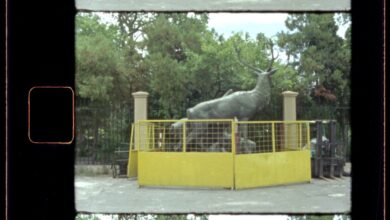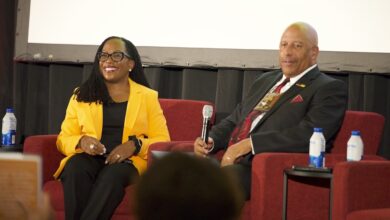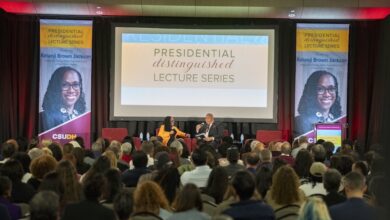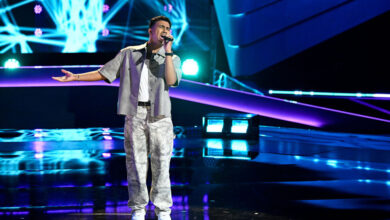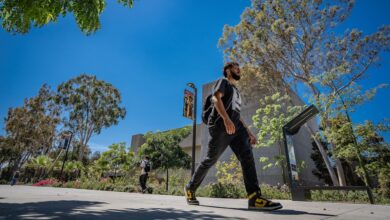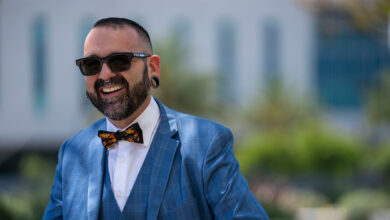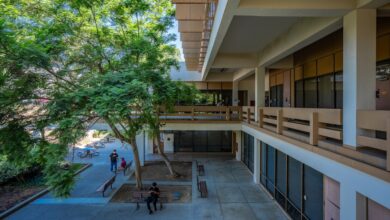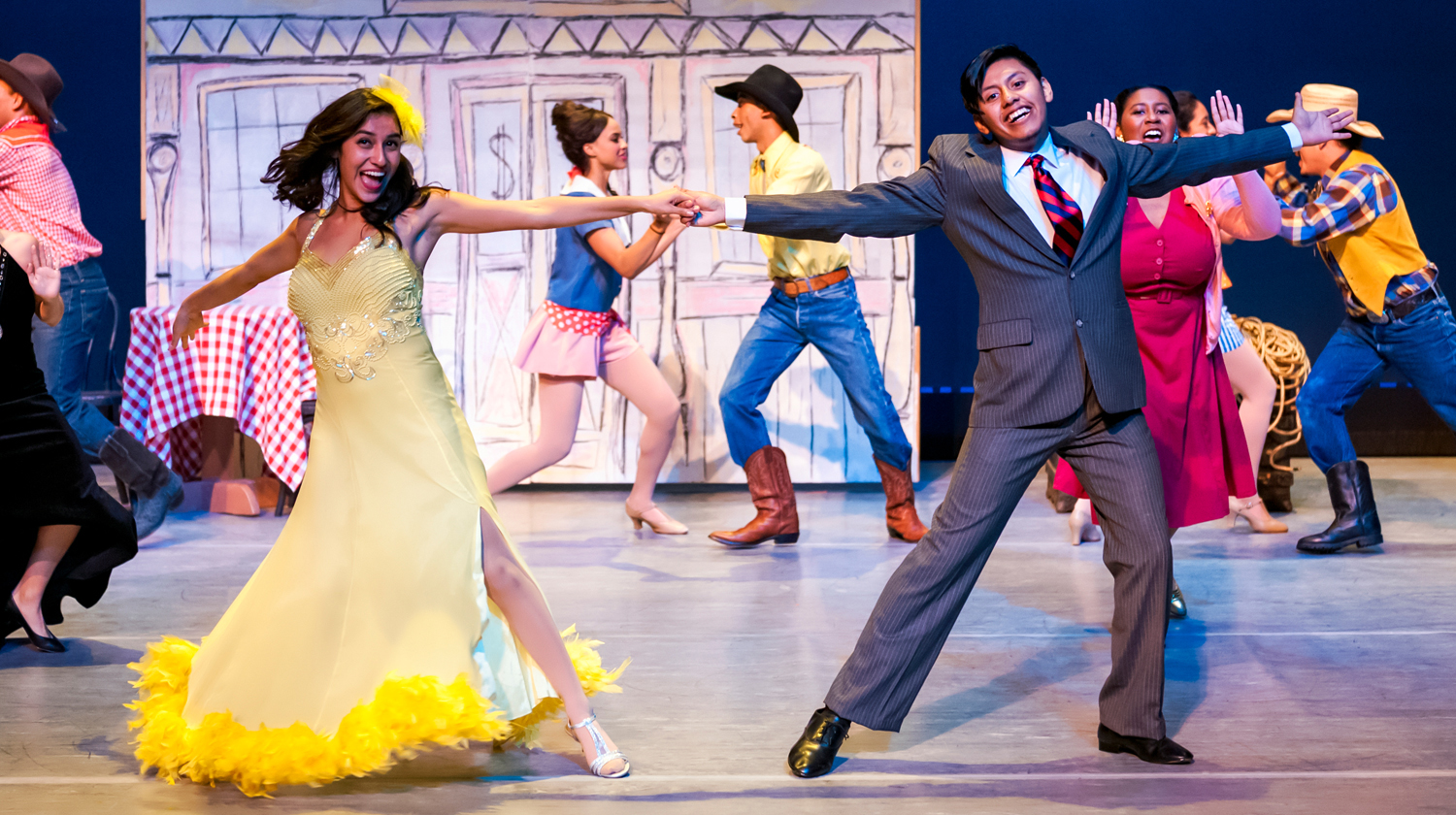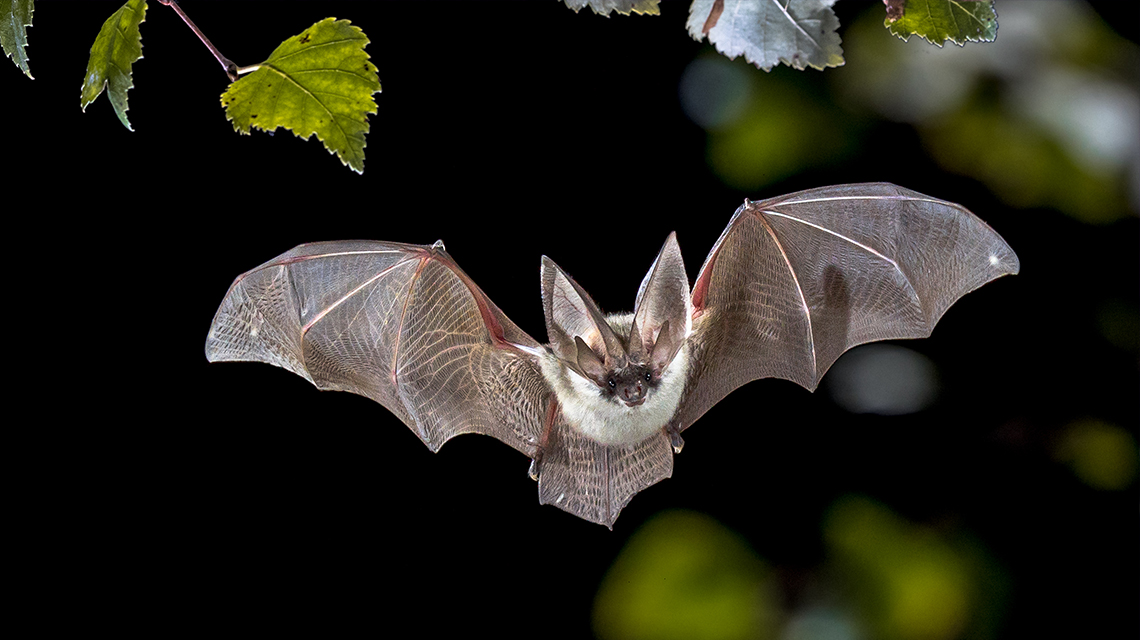
Condensing two years of study and research into a three-minute presentation is a daunting task, but that’s just what CSUDH graduate student Nicole Roberts managed to do for the inaugural California State University (CSU) Grad Slam Three-Minute Thesis Competition (3MT), held on May 6. She clearly did a great job, as her presentation earned Roberts a second-place finish in the statewide competition against a slate of graduate students from throughout the CSU system.
Roberts, who will attain her master’s degree in biology this spring, took the prize with a pared-down version of her master’s thesis, “Where will threatened bats be under climate change in 2050?”
“My whole project was trying to determine where bats will be globally in 30 years, since climate change is shifting species’ ranges all around the world,” says Roberts. “My project used state-of-the-art predictive computer programs that are revolutionizing how science is done, using algorithms in ways we haven’t used them before.”
Using open source programs was new to Roberts, who earned her bachelor’s degree in neurobiology, physiology and behavior at the University of California, Davis. “I hadn’t studied this type of modeling before, but I really love it. You can do your work anywhere and don’t have to go into a lab.”
What Roberts discovered through her research wasn’t good news. “Bats are in trouble,” she says. “What I found was for the bats that I was able to use for my study, which ended up being 23 species of threatened bats, they’re collectively going to lose about 27% of their habitat globally, which is a huge.”
“If you look at what bats do for the global ecosystem, from pollinating important foods to natural pest control, it’s pretty catastrophic,” Roberts adds. “I was surprised, and I hope that in some small way, my research can help contribute to helping mitigate some of these potential outcomes.”
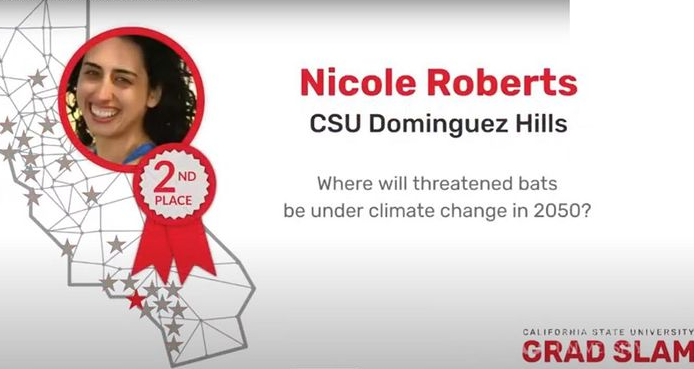 Roberts’ work didn’t just impress the judges at the competition–it also made an impact on the professors she worked with over the course of her graduate studies at CSUDH.
Roberts’ work didn’t just impress the judges at the competition–it also made an impact on the professors she worked with over the course of her graduate studies at CSUDH.
“During her time at CSUDH, Nicole has shown herself to be a talented scientific communicator, both in and out of the classroom,” says Sonal Singhal, assistant professor of biology, and Robert’s faculty advisor. “Her second-place award from 3MT has made her talents known to the broader CSU community! We are all very proud of her.”
“Presenting species distribution modeling findings to a broader audience is a challenging task,” adds Parveen Chhetri, assistant professor of earth science and geography, “but Nicole successfully customized her technical research talk to capture the interest of a wider audience. I hope Nicole’s success at the statewide event will give CSUDH graduate programs wider exposure and motivate graduate students to participate in future iterations.”
Paring a 45-minute thesis down to just three wasn’t the only challenge for Roberts. The presentations were done live over Zoom, so she didn’t have the benefit of multiple attempts, as she would have if they were on video.
“And of course, I do have a stutter, so that was interesting,” she laughs. “That was a challenge, having a stutter and being dyslexic at the same time.” Roberts counts amateur opera singer among her hobbies, though, and she called on her stage experience to help her navigate the public speaking aspects of the contest.
Even with her stage experience, Roberts says, “The competition was a little hard because I couldn’t gauge the audience. You can’t see everybody on a Zoom screen, and for that reason, you always want to go big when you’re performing. I always felt like if I overshoot that mark, I’ll probably be OK. I leaned on that and, of course, several cups of coffee!”
After walking in commencement this May, Roberts says, “I’d love to work at the state or federal level. I just want to get my foot in the door, so I’m looking at all sorts of things. For me, the greatest start in state jobs would be at the environmental scientist level.”
She plans to return to school at some point to pursue a Ph.D., but wants to work in the field for a few years first. “I’d like to use that experience to make new research. I’d like to work more within the discipline, so I can see how these techniques are applied in the real world,” she says. “If I’m lucky enough to do this kind of science, it’d be great. Serving the public through science is my number one goal.”

